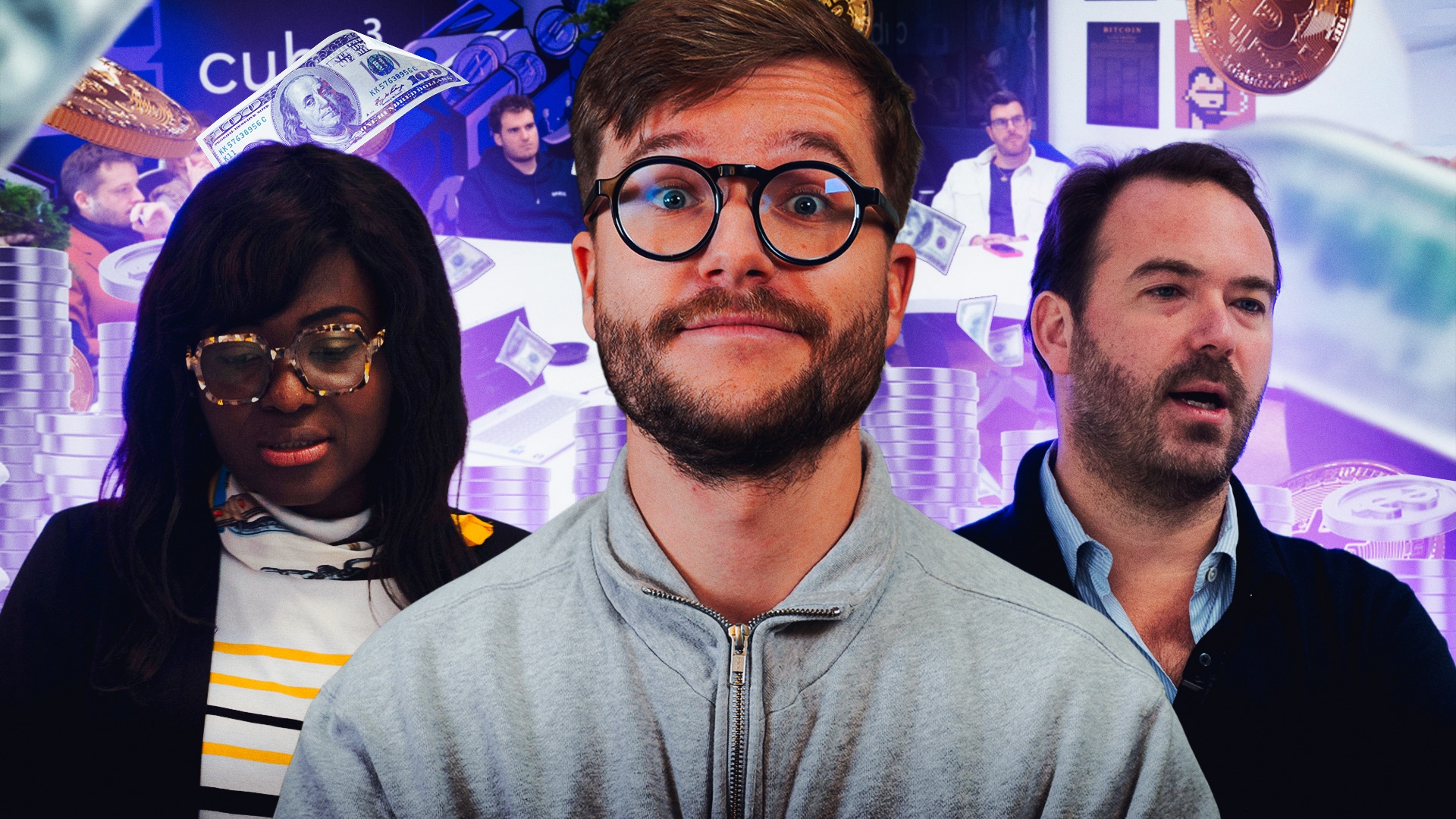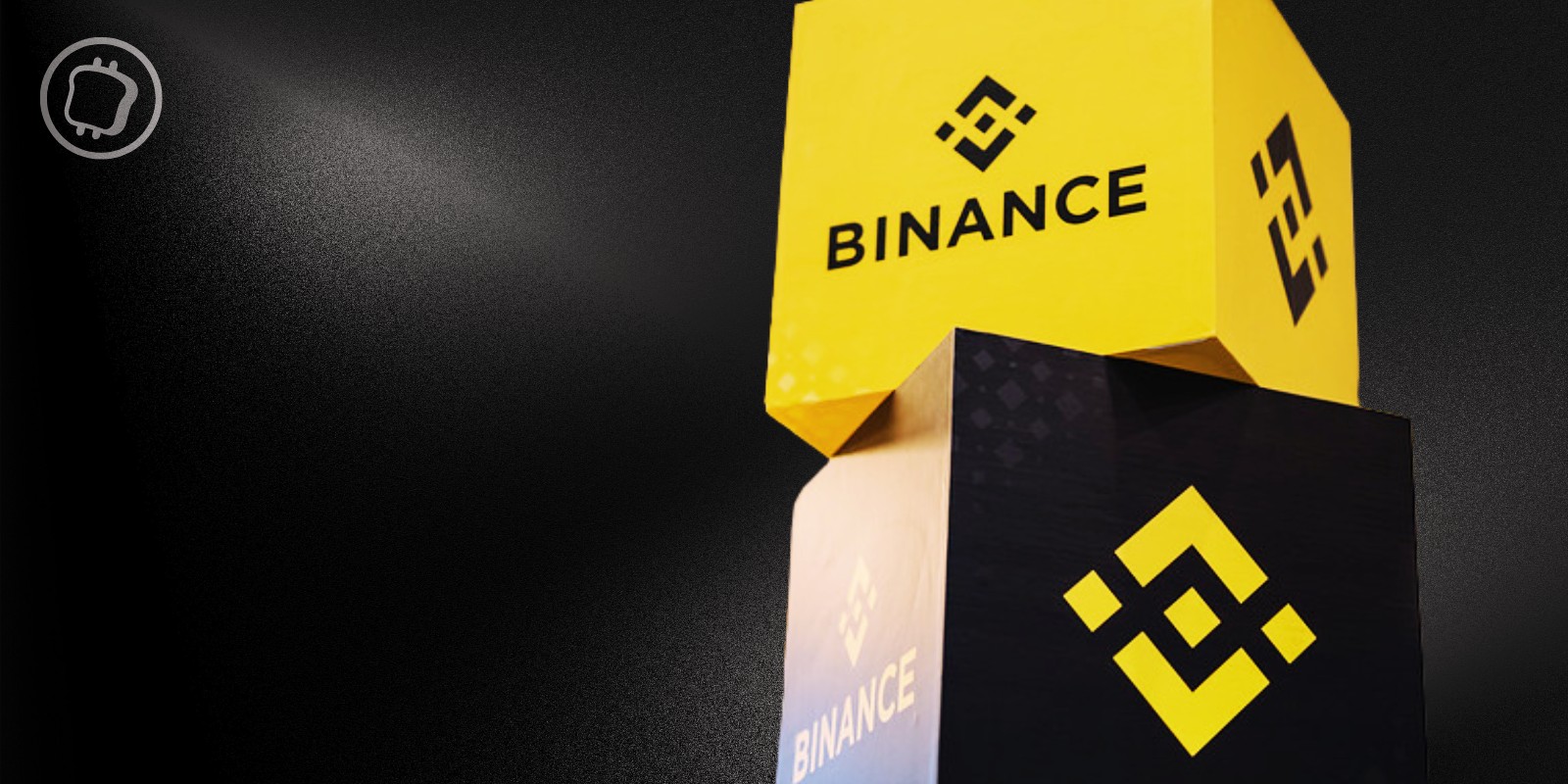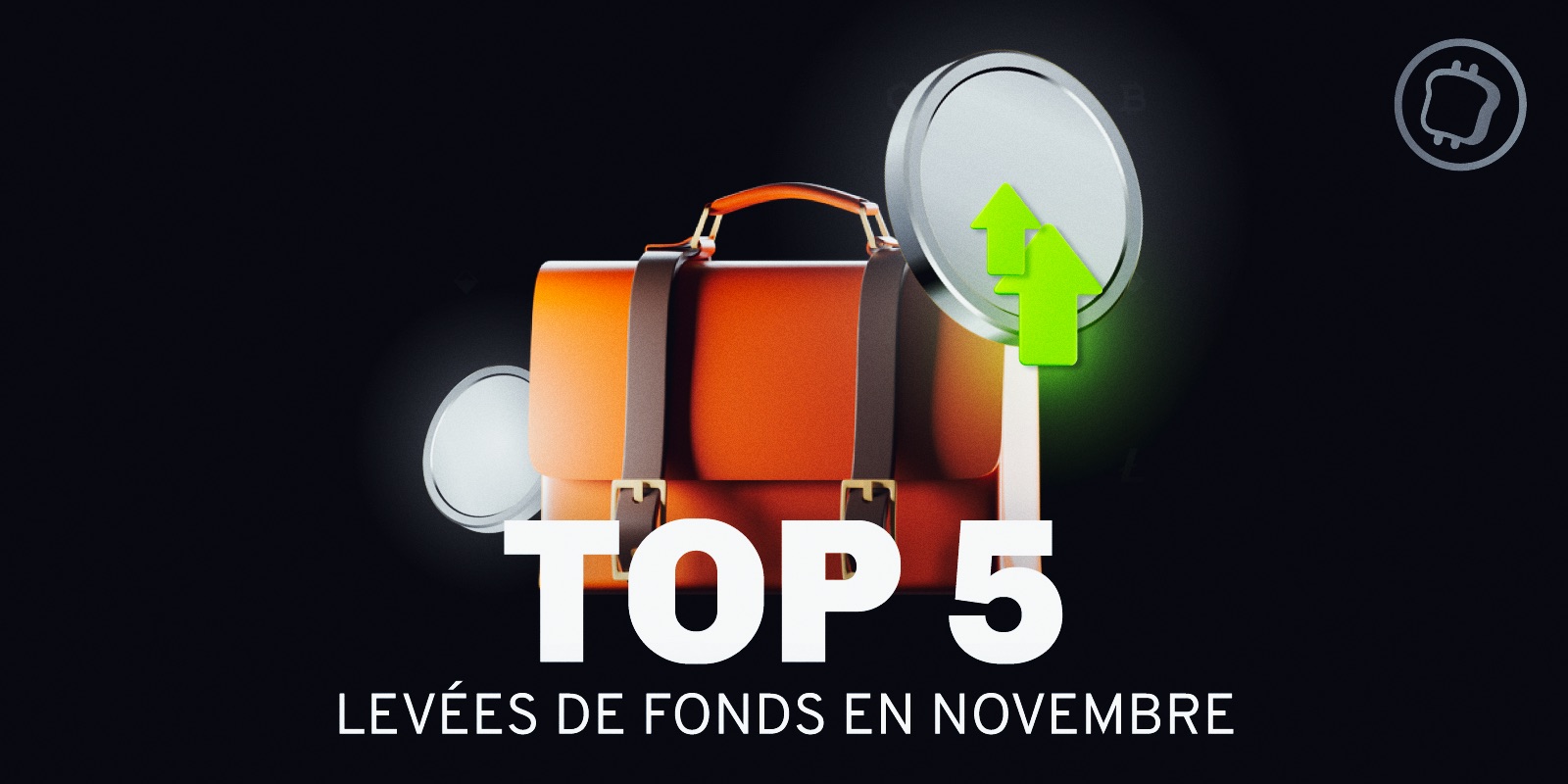A year ago to the day, Terra’s UST began to falter. In the days that followed, the collapse of an entire ecosystem caused investors to lose $40 billion. A look back at this event which had a profound impact on the industry, and the consequences that followed.
May 7, 2022: Terra’s UST begins to waver
On May 7, 2022, Terra’s UST (LUNA), then the third most capitalized stablecoin in the cryptocurrency market, began to lose its peg to the dollar.
At the beginning of a crash that would profoundly affect the industry, the ecosystem is not yet fully aware of the situation. Indeed, while it had almost touched 0.98 dollar during the weekend, the Luna Foundation Guard (LFG) wants to be reassuring, and even announces an exceptional envelope of 1.5 billion dollars to try to control the situation: 750 million dollars to be loaned to market makers, and the rest to supplement the reserves.
But this rescue plan does not take. On Curve (CRV), the liquidity pools containing UST are totally destabilized, and find themselves emptied of their other assets such as USDC for example. Moreover, the on-chain analysis showed signals making it possible to anticipate this fall.
At the same time, the mechanism supposed to guarantee the stability of the algorithmic stablecoin is racing. Indeed, when its price falls below a dollar, it is then possible to burn a UST against a dollar of LUNA, so as to raise its price mechanically.
However, this is not enough and huge amounts of LUNA are generated to be systematically sold. Within days, LUNA and UST collapsed completely, even sending Bitcoin (BTC) below $30,000.
👉 What happened in detail? Find our video on the fall of the UST
Buy crypto on eToro in minutes
A sustainably marked ecosystem
While the UST crisis had definitively undermined hopes of a continuation of the bull run, this was only the first domino in a long series of contagions.
Indeed, the popularity of the Terra ecosystem was symbolized by the Anchor protocol, which offered around 20% returns per year on the UST. As a result, many centralized players were affected, given their exposure to UST.
Some showed professionalism by playing the card of total transparency with their customers. This was particularly the case of Meria (Just Mining at the time), which even dipped into its cash to partially compensate its users when nothing obliged it to do so.
Others were unable to take responsibility, trying to hide their difficulties, which was the case with Celsius. If all is not to be attributed to the collapse of Terra, the liquidity problems of the platform of Alex Mashinsky had so far gone unnoticed. But as said issues came to light, Celsius will finally file for bankruptcy on July 13, 2022thereby freezing the assets of its clients.
At the same time, the investment fund Three Arrows Capital (3AC) fell in turn following the UST crisis. Once in default, 3AC dragged the centralized platform Voyager Digital, which also declared bankruptcy.
But these chain bankruptcies will come to a head when FTX files for Chapter 11 bankruptcy protection in the United States, along with Alameda Research. The crypto ecosystem will then learn that Sam Bankman-Fried used his clients’ money for his empire’s investmentsin particular to “rescue” the companies impacted by the Terra affair.
In the wake of this crisis, the already struggling BlockFi will be dragged down the drain, and Genesis Trading will see $175 million in cash locked up on FTX, which will also hasten its bankruptcy.
👉 Want to acquire a solid foundation in cryptocurrencies? Learn from our Cryptoast Research experts
Our service dedicated to cryptocurrency investors. Get real-time analytics and optimize your crypto portfolio.

Back to the hunt for Do Kwon
We have seen it, the collapse of the UST affected the cryptocurrency industry in depth, whether directly or not. But let’s come back to one character in particular: Do Kwon, the founder of the Terra ecosystem.
In the weeks and months following the fall of the stablecoin, it had become increasingly clear that justice would take up the case.
It was in September 2022 that everything accelerated. Indeed, the South Korean government has issued an arrest warrant against the person concerned, and the country’s Ministry of Foreign Affairs has requested the invalidation of his passport.
Few weeks later, Do Kwon will see a red notice issued against him by Interpol, officially making him a fugitive. At the beginning of November, the fugitive allowed himself a provocation by inviting “cops from all over the world” to a conference to explain himself. On November 8, he will even make an appearance on UpOnlyTv’s Twitch live during the fall of FTX, alongside Martin Shkreli informing him that “jail wasn’t so bad“.
Eventually, Do Kwon will be arrested on March 23 at the airport of Podgorica in Montenegro, in possession of false identity documents. Since then, the United States and South Korea have been fighting over his extradition, while the collapse of Terra cost investors $40 billion.
This week, the Wall Street Journal reported that in South Korea, Do Kwon would face more than 40 years in prison if convicted, making him the country’s longest sentence for financial crimes. Add to this that before the crisis, $7 million reportedly transferred to law firmwhich did not fail to fuel doubts about a hypothetical anticipation of events.
What is certain is that there is still a long way to go before any court decision. By then, it would not be surprising to learn even more about the various elements revolving around this case.
Beyond the financial losses, all these different events will also have fueled the mistrust of the various financial police, thus accelerating the various regulatory actions.
👉 Also in the news — Adoption of Bitcoin (BTC): Nayib Bukele signed the law removing taxes on technological innovation
Our service dedicated to cryptocurrency investors. Get real-time analytics and optimize your crypto portfolio.



Newsletter 🍞
Receive a summary of crypto news every Monday by email 👌
What you need to know about affiliate links. This page presents assets, products or services relating to investments. Some links in this article are affiliated. This means that if you buy a product or register on a site from this article, our partner pays us a commission. This allows us to continue to offer you original and useful content. There is no impact on you and you can even get a bonus by using our links.
Investments in cryptocurrencies are risky. Cryptoast is not responsible for the quality of the products or services presented on this page and could not be held responsible, directly or indirectly, for any damage or loss caused following the use of a good or service highlighted in this article. Investments related to crypto-assets are risky by nature, readers should do their own research before taking any action and only invest within the limits of their financial capabilities. This article does not constitute investment advice.
AMF recommendations. There is no guaranteed high return, a product with high return potential involves high risk. This risk-taking must be in line with your project, your investment horizon and your ability to lose part of this savings. Do not invest if you are not ready to lose all or part of your capital.
To go further, read our Financial Situation, Media Transparency and Legal Notices pages.










